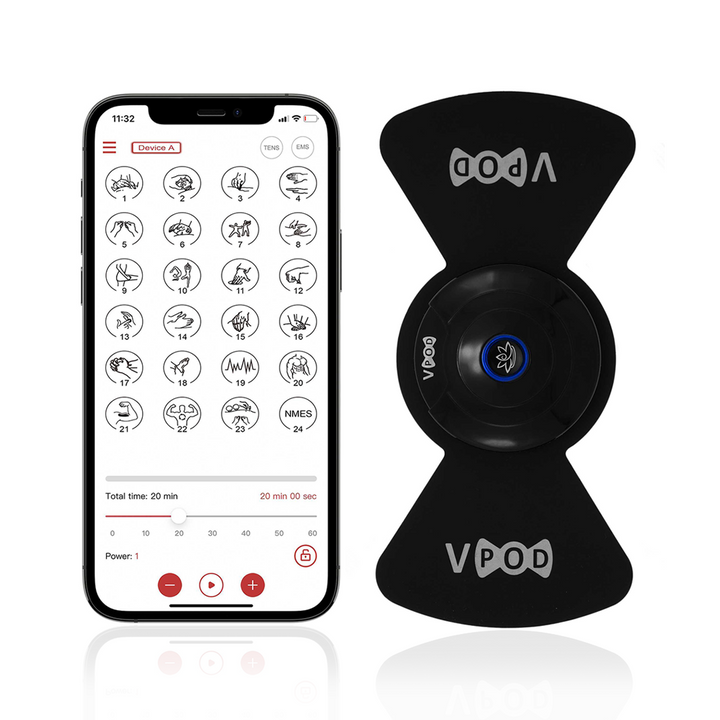This one is for all of the quad dominant guys and gals, myself included. Leg day typically consists of the same compound exercises that strengthen the whole leg, including squats, deadlifts and lunges. While these movements also target the hamstrings (otherwise known as the leg biceps), it's easy for the quads to take over if you're not consciously prioritizing hamstring growth. Here are some tips and tricks if you want to focus on building your hamstrings!
Prioritize
Start out with an exercise that targets mainly the hamstrings over the quads. So maybe begin your workout with deadlifts or hamstring curls to activate that muscle over the others first, so it will be more active during the rest of the workout.
Slow Down
Perform slow negative movements when focusing on the hamstrings for a better burn out. Slowing down the exercise not only makes it more difficult, but it forces you to focus on the muscle your are contracting. Start at a normal pace for the contraction, and then slow down the release.
Mind-Muscle Connection
Think about your hamstrings contracting during the hamstring-focused exercise. If you consciously keep that muscle in mind, the added strain will aid more precise muscle development!
Stretch and Recover
Take the extra 5 to 10 minutes to stretch out your hamstrings, not only because it is a relatively large muscle group, but also because by taking the time to stretch you can help your body naturally flush out lactic acid, which is responsible for that sore feeling you get the next day. If you feel like stretching isn't enough and want a recovery boost, we recommend EMS technology. Choose something wireless with adjustable intensities to fully customize your recovery session. The VPod is a great choice, boasting sleek efficiency and 24 different settings. Visit VPod.Life to learn more about EMS technology!
3. TENS Unit Pad Placement:
- TENS Units can help with pain relief as well as injury healing and muscle rehabilitation. According to the US National Library of Medicine, application of TENS electrodes at sites of pain and/or soreness increases analgesia (the inability to feel pain.)
- Electrical stimulation can help improve how the muscle contracts, so you can heal and get your muscle back in the shape it was before the injury. Like the previous two steps, a TENS unit will also help reduce inflammation and promote circulation, both of which are highly important when recovering from a muscle injury.
- For muscle rehabilitation- pad placement recommendation is typically one pad above the larger muscle, and a second pad one-third along the length of the muscle you need to strengthen. Since this is a large and powerful muscle group, you will need a powerful TENS Unit to be able to feel it do it's job.
VPOD Wireless TENS, EMS & NMES Unit

$149.00
$175.30Pain sets limits. You deserve to be limitless. Our VPod Wireless TENS Unit is a lightweight, portable device that will provide natural pain relief for all of your aches and pains. Break the boundaries and live a limitless life with… read more
Happy Healing!


